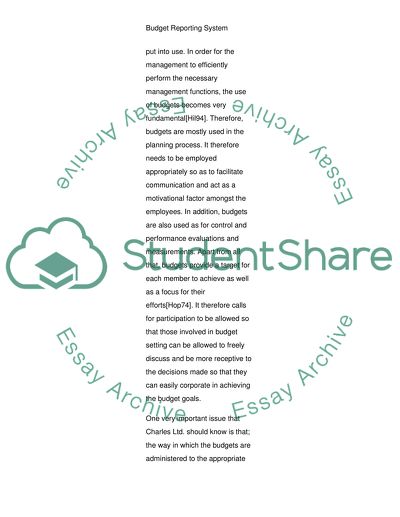Cite this document
(“Finance Essay Example | Topics and Well Written Essays - 2500 words - 1”, n.d.)
Retrieved from https://studentshare.org/finance-accounting/1498769-finance
Retrieved from https://studentshare.org/finance-accounting/1498769-finance
(Finance Essay Example | Topics and Well Written Essays - 2500 Words - 1)
https://studentshare.org/finance-accounting/1498769-finance.
https://studentshare.org/finance-accounting/1498769-finance.
“Finance Essay Example | Topics and Well Written Essays - 2500 Words - 1”, n.d. https://studentshare.org/finance-accounting/1498769-finance.


